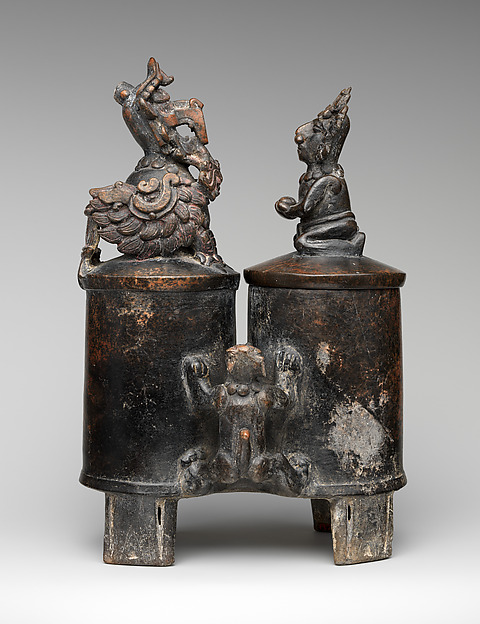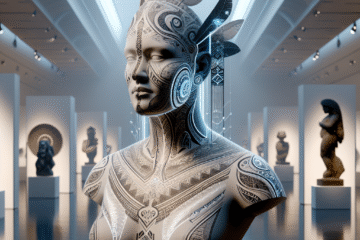
“
You can’t stop the waves, but you can learn to surf.
”
— Jon Kabat-Zinn
The Sculptor’s Pulse: How Contemporary Artists Carve with Sound Waves
Introduction: Sculpting Beyond Sight and Touch
In the 21st century, the boundaries of sculpture are being redefined, not by stone or bronze but by vibration, resonance, and the invisible forces of sound. The age-old image of a sculptor chiseling marble has given way to experimental artists harnessing sonic energy to mold and animate materials. In these avant-garde practices, sound is no longer a byproduct of creation—it is the sculptor itself. This movement, informed by advances in technology and a rethinking of sensory perception, reshapes both the literal and conceptual landscape of sculpture.
1. From Classical Form to Sonic Explorations
Historically, sculpture evolved through meticulous craftsmanship—from the serene marbles of ancient Greece to the emotive dynamism of Baroque figures. These traditional media emphasized form, mass, and hand-driven techniques. However, the modernist rupture in the early 20th century invited experimentation with abstraction, materiality, and time. Artists like Marcel Duchamp and Jean Tinguely began to question the static nature of art, introducing movement and chance into their creations. Their works set the philosophical stage for later artists to consider art not as a fixed object, but as an event—an idea resonating with the impermanence and fluidity of sound.
2. The Influence of Technology and Cybernetics
The mid-20th century brought with it the influence of cybernetics, systems theory, and early computing, inspiring artists to conceptualize works as interactive systems. This was the era in which sound began to be taken seriously not only as a musical but also as a sculptural and spatial element. Artists like Nam June Paik and Max Neuhaus pioneered the use of electronically modulated sound in installations. Their work presented sound not as accompaniment but as spatial matter—something that occupies, shapes, and defines space. Technological developments such as oscilloscopes, speakers, and microcontrollers laid the groundwork for manipulating sound with precision, enabling future generations to envision audio frequencies as literal sculpting tools.
3. Vibrations and Matter: The Emergence of Kinetic Sound Sculpture
As we moved into the late 20th and early 21st centuries, artists began to treat sound waves not just as invisible phenomena but as physical forces capable of shaping materials. Cymatics—the study of visible sound vibration—played a crucial role in this transformation. By channeling frequencies through surfaces like sand, water, or metal, artists could create intricate patterns that respond dynamically to sonic input. Zimoun, known for his mechanical sound sculptures using simple motors and materials, and Evelina Domnitch & Dmitry Gelfand, who blend laser technology with acoustics, are central figures in this space. Their works engage both physics and aesthetics, fueling a philosophical exploration: can form emerge purely from energy?
4. Sound as Chisel: Techniques and Materials
How do artists carve with sound? At the heart of many sound-based sculptures lies the transducer—a device that converts electrical energy into mechanical vibration. By embedding transducers into objects or surfaces, artists can make matter respond visibly to sound. From low-frequency subwoofers causing sand to dance in geometric waves to high-frequency sine tones etching delicate motion in water or ferrofluid, each material reacts uniquely to the sonic spectrum. Recent advancements in 3D printing and responsive gels allow even more complex integration of these effects, erasing the line between auditory and visual arts. The sculpture is no longer touched by hands—it is shaped by pulses, beats, and tones.
5. Philosophy and Phenomenology of Sonic Sculpture
In the world of sonic sculpture, the experience becomes immersive and temporal. The observer is no longer a passive viewer but a participant in an unfolding moment. Philosophically, this echoes the thought of Maurice Merleau-Ponty, whose phenomenology emphasized the body’s sensory immersion in the world. These sculptures are not meant to be understood solely through sight; they must be felt, heard, and physically inhabited. Artists are increasingly exploring how sound connects people to place, memory, and perception, turning installations into environments for contemplation and sensory reawakening.
Conclusion: Toward a New Aesthetic of Vibration
The sculptor’s pulse today may not be driven by mallets and chisels but by hertz and decibels. As visual artists embrace sound’s tactile potential, they invite us to reconsider what sculpture can be. Whether it’s the hum of a low frequency vibrating an aluminum plate into kaleidoscopic motion or the ethereal whisper of ultrasound shaping clouds of mist, these artworks expand our sensory lexicon. They challenge the hierarchy of the senses, ask material to respond to immaterial energy, and above all, remind us that creation can emanate from the invisible, the ephemeral, the vibratory. The art of the future may not be seen—it may be heard, felt, and resonated.

Image description:
Illustration of vibrations of a drum.
License:
Public domain
Source:
Wikimedia Commons
Useful links:


